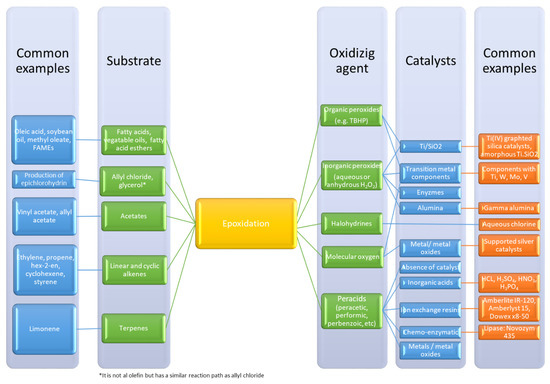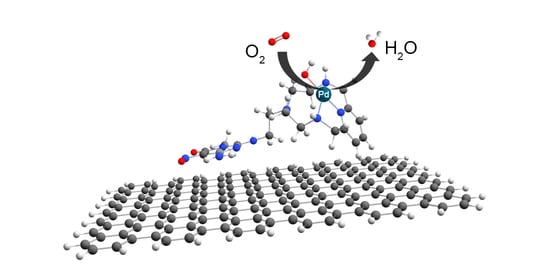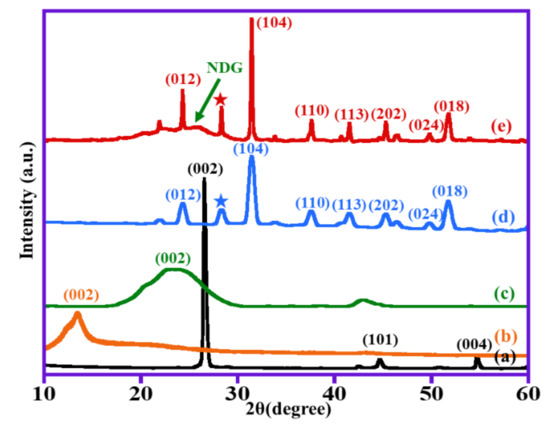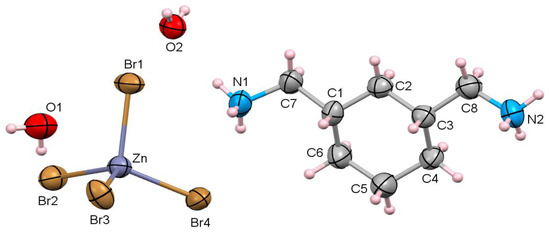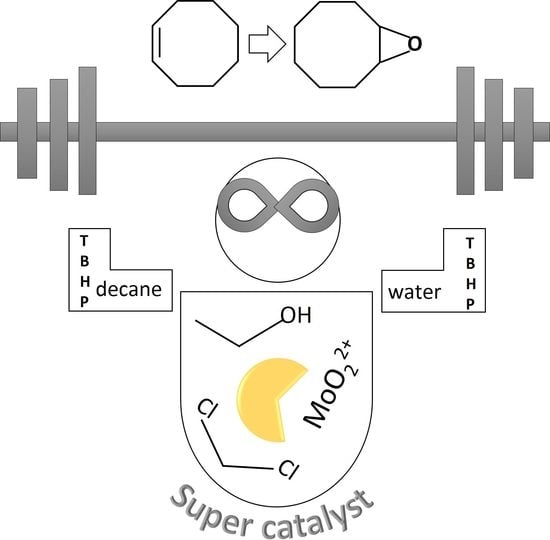Catalysts 2021, 11(7), 765; https://doi.org/10.3390/catal11070765 - 24 Jun 2021
Cited by 63 | Viewed by 7552
Abstract
The epoxidized group, also known as the oxirane group, can be considered as one of the most crucial rings in chemistry. Due to the high ring strain and the polarization of the C–O bond in this three-membered ring, several reactions can be carried
[...] Read more.
The epoxidized group, also known as the oxirane group, can be considered as one of the most crucial rings in chemistry. Due to the high ring strain and the polarization of the C–O bond in this three-membered ring, several reactions can be carried out. One can see such a functional group as a crucial intermediate in fuels, polymers, materials, fine chemistry, etc. Literature covering the topic of epoxidation, including the catalytic aspect, is vast. No review articles have been written on the catalytic synthesis of short size, intermediate and macro-molecules to the best of our knowledge. To fill this gap, this manuscript reviews the main catalytic findings for the production of ethylene and propylene oxides, epichlorohydrin and epoxidized vegetable oil. We have selected these three epoxidized molecules because they are the most studied and produced. The following catalytic systems will be considered: homogeneous, heterogeneous and enzymatic catalysis.
Full article
(This article belongs to the Special Issue Catalytic Epoxidation Reaction)
►
Show Figures
